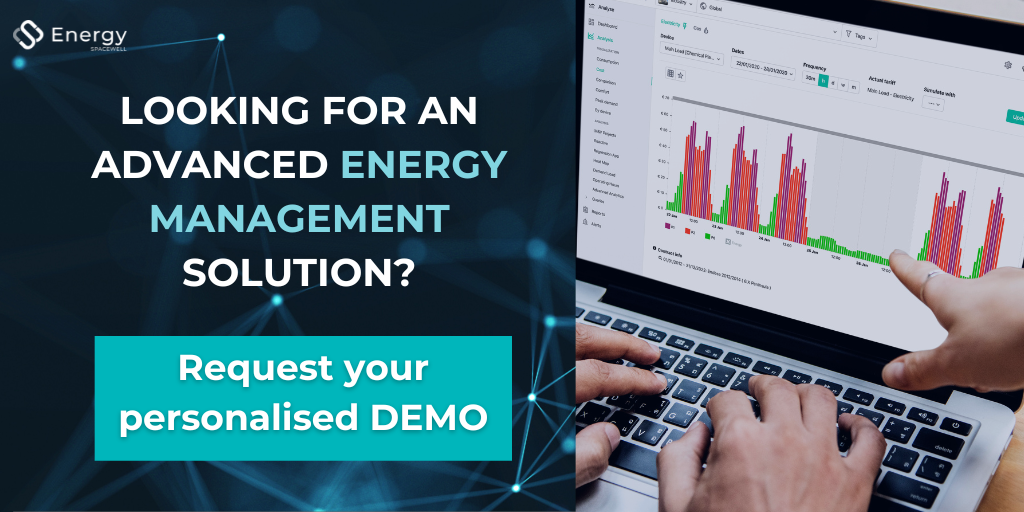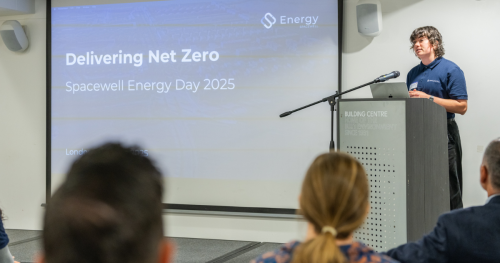Data collection is a crucial foundation for any Energy Management System (EMS) platform. It’s the groundwork that helps organisations make smart decisions, save money, and ultimately improve their sustainability.
In this article, we’ll explore why gathering data in an EMS platform is so important, have an overview of the technologies that make it possible, and spot some of the challenges that we usually come across.
The role of Data in Energy Management
An Energy Management System (EMS), such as the Spacewell Energy Platform, helps organisations effectively handle all their portfolios, centralising all relevant data and metadata on buildings, devices, users, supply contracts, and of course, energy data, including the more and more important energy balances on microgrid systems.
Because energy needs are in no way independent from external variables, EMS platforms must gather data from many other sources, including, but not limited to, water consumption, industrial production, building occupancy, weather conditions and air quality.
Carbon emissions and waste data are many times also included in the scope of an EMS, given their correlation with energetic data, and sustainable goals.
These platforms provide real-time data monitoring capabilities, allowing users to track energy consumption patterns across their facilities. This data is crucial for identifying areas of inefficiency and making immediate adjustments.
Beyond real-time monitoring, they also store historical data. This historical perspective helps organisations identify long-term trends and patterns, enabling better forecasting and strategic planning.
Data gathering process
The data flow starts within the building, where metres and sensors collect energy data and transmit it to a local gateway. From there, the data travels through external communication networks, in some cases, to an intermediary server, which acts as a data hub, and in other cases directly to the EMS platform, where it is utilised for effective energy management and decision-making.

Communication protocols
In this process, many communication protocols come into play. These protocols act as the connecting threads between devices and the EMS platform, ensuring that valuable data flows seamlessly for analysis and optimisation.
Two key stages can be distinguished:
- Inside the building – metre to gateway communication
Metres employ various protocols like Modbus, M-Bus, LoRaWAN, Sigfox, or proprietary methods to send data to gateways.
- Outside the buildings – gateway to EMS communication
Gateways relay data to EMS platforms using protocols such as HTTP(S), FTP, SFTP, email. In many cases web-servers, sometimes also with intermediary databases, are used as a bridge between the gateway and the energy management platform.
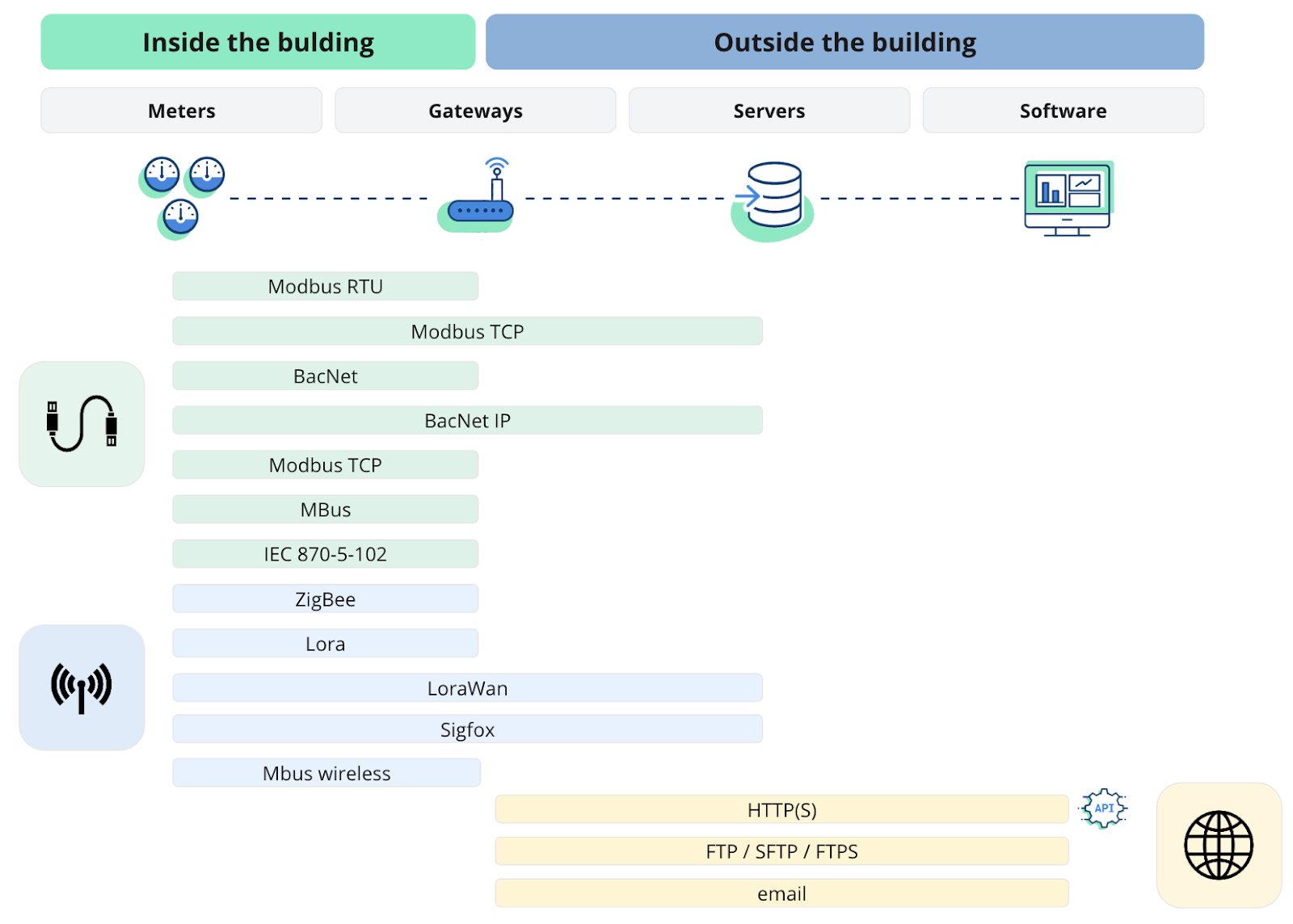
| based on “Gestió energètica eficient a l’entorn Big Data”, Col·legi D’enginyers Graduats I Enginyers Tècnics Industrials De Barcelona, by Alfonso Mateos Pastor |
The multitude of protocols, though each with its unique advantages, presents a struggle when it comes to integration. Some protocols are proprietary or specific to certain industries, creating silos of data that are difficult to integrate seamlessly. It demands from the energy management team a deep understanding and continuous learning of new protocols, technologies and state of the market.
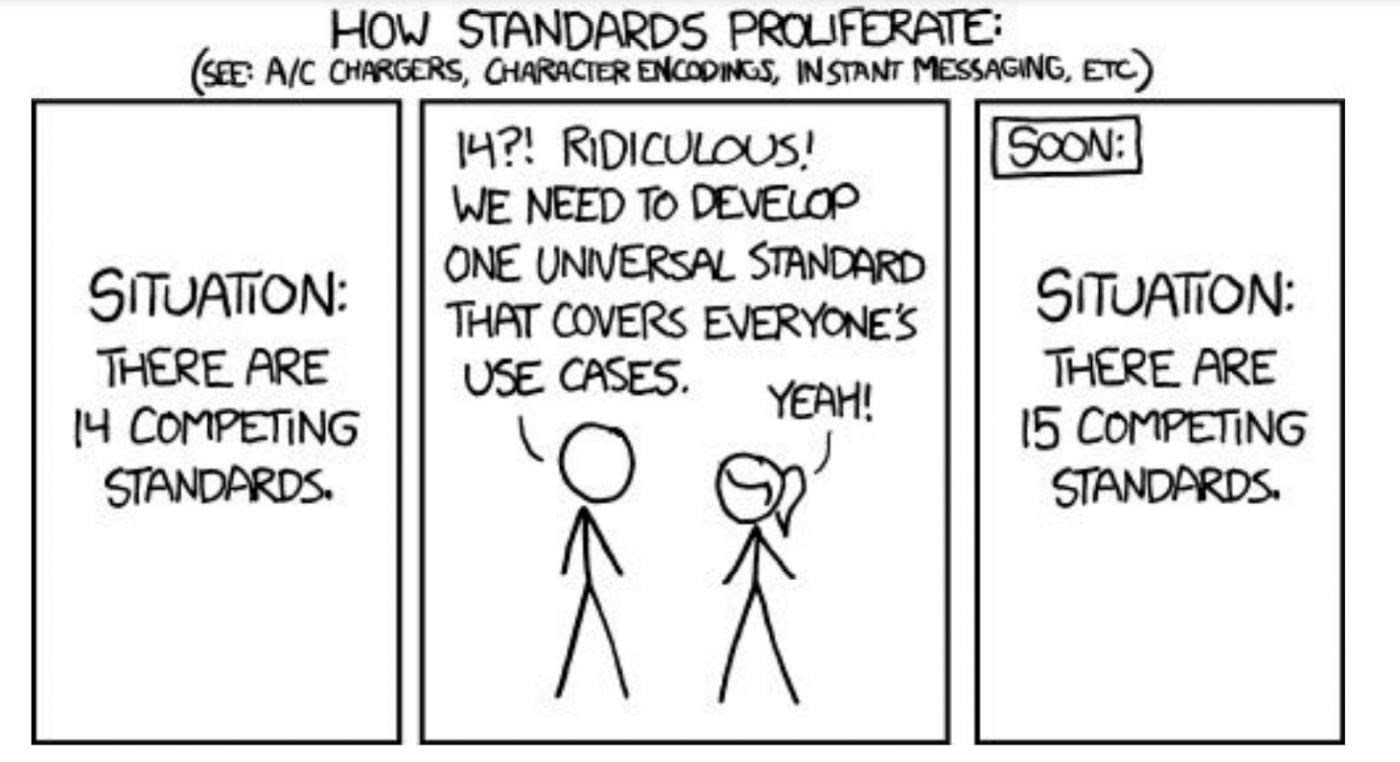
Point to note that, for the EMS platform the first part of this journey – from the metre to the gateway – is largely transparent. The platform doesn’t need to concern itself with the complexity of the metre-level protocols. Still, for the EMS platforms to effectively aggregate and analyse data from a wide array of sources (only application-level protocols, but different data structures, file formats, etc…), they often need to support multiple protocols and/or offer extensive integration capabilities.
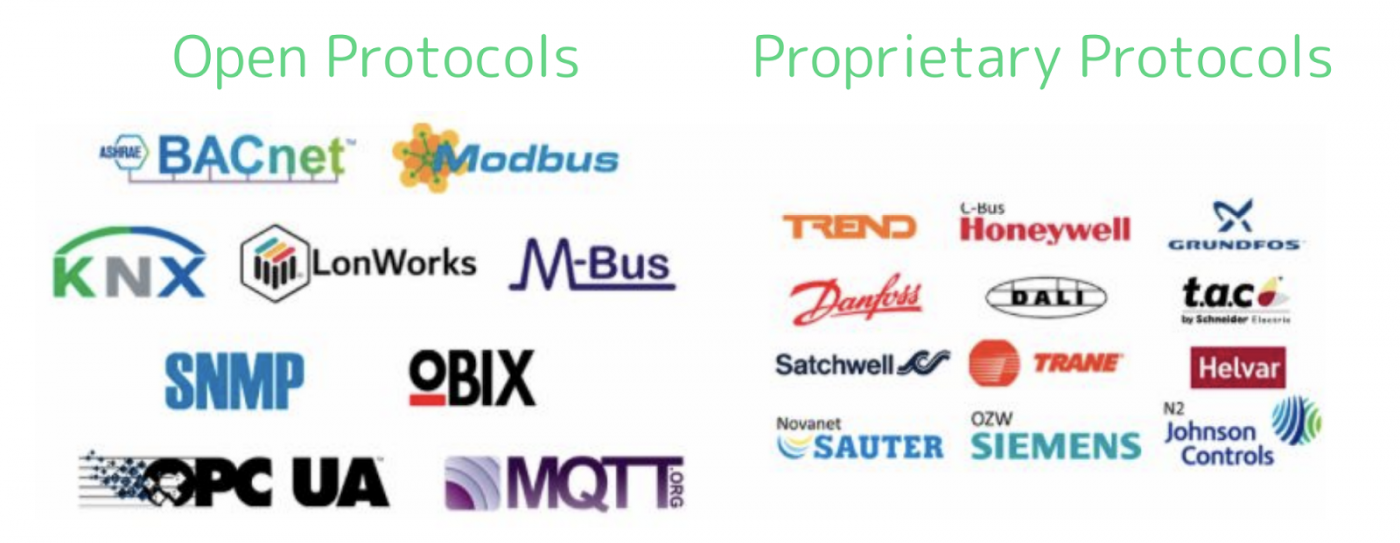
This landscape highlights the importance of interoperability standards where, on the EMS side, open APIs (Application Programming Interface) play an important role. Open APIs act as translators, allowing 3rd parties to integrate with a wide array of protocols and data structures. It serves as a bridge between the gateway, or an intermediary server, and the EMS platform. Through an API, data is standardised, and made readily accessible for analysis, reporting, and decision-making.
“How is an API different from a communication protocol?
|
| © Nexus Labs, LLC, 2020 |
Each API is different from the next, meaning that it can never be standard in that way but, when they are open to the public, and of course well documented, they are an open door for any that wishes to communicate with a platform.
Data Ownership
| “Just because you have to go to the bank or log into your bank online to access your financial information doesn’t mean the bank owns it and controls your finances. The bank provides a service to help you manage your money and financial data. Smart building vendors are also providing a service to empower owners with their building data.” |
Nick Gayeski, CEO, KGS Buildings
Energy management companies, hardware vendors, and EMS platforms empower building owners with their data, which is essential for informed decision-making. This data belongs to the organisations that use it to enhance energy management and sustainability. To ensure transparency and collaboration, it’s crucial to adopt an open approach to data ownership. Open data ownership allows organisations to use, share, and integrate their data freely, promoting trust and interoperability. This empowers organisations to maximise the value of their building data for improved energy management and sustainability while retaining control over their valuable information and benefiting from EMS platform services.
Conclusions
The transformation towards data-driven sustainability through Energy Management System (EMS) platforms is a must in modern energy management. The importance of data collection, including a wide array of parameters beyond mere energy consumption, cannot be overstated. It enables organisations to make informed decisions, optimise resource allocation, and work towards sustainability goals. However, the journey from data collection to effective energy management is not without its challenges, particularly in the context of such diversity of communication protocols, and the need for joint efforts between Information Technology (IT) and Operational Technology (OT).
Moreover, the importance of data ownership is paramount, and EMS platforms must empower organisations with control over their building data. Openness in data ownership is key, fostering transparency and trust in the industry while aligning with interoperability standards. Open APIs act as bridges, ensuring data is readily accessible for analysis and decision-making. As we embrace these principles, we enable organisations to harness the full potential of their data for improved energy management and sustainability, ensuring that they retain ownership and control of their invaluable information while benefiting from the services provided by EMS platforms. This data-driven approach promises a more sustainable and efficient future for energy management.
 Editor’s note – This article is written by a Spacewell Energy (Dexma) product expert:
Editor’s note – This article is written by a Spacewell Energy (Dexma) product expert:
Sofia Fernandes is Product Manager of the Spacewell Energy Platform (Dexma). She is an expert in the Energy Management Platform and has a global vision of the different tools to ensure its proper functioning, from data insertion to obtaining clear results and measurement



